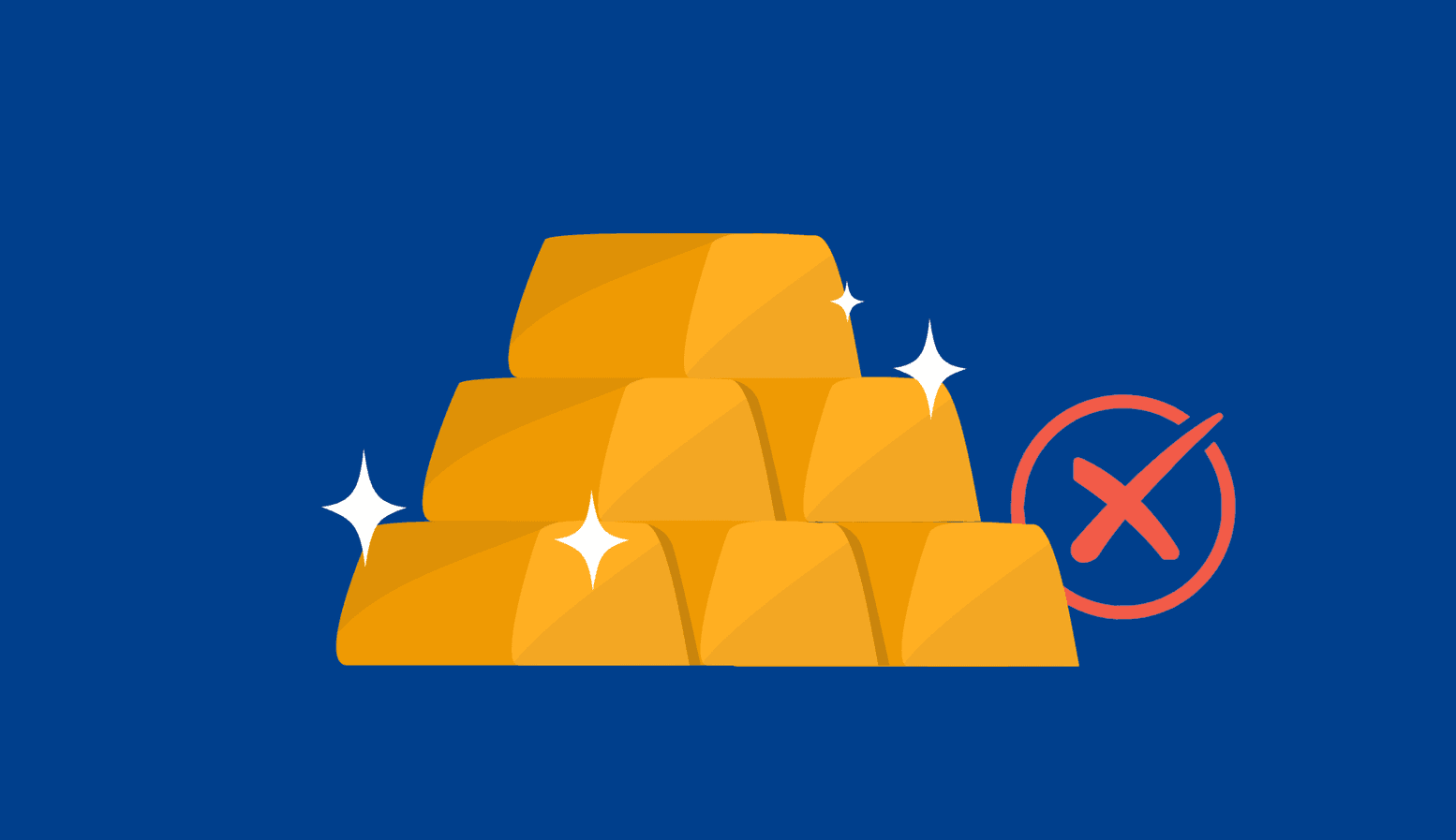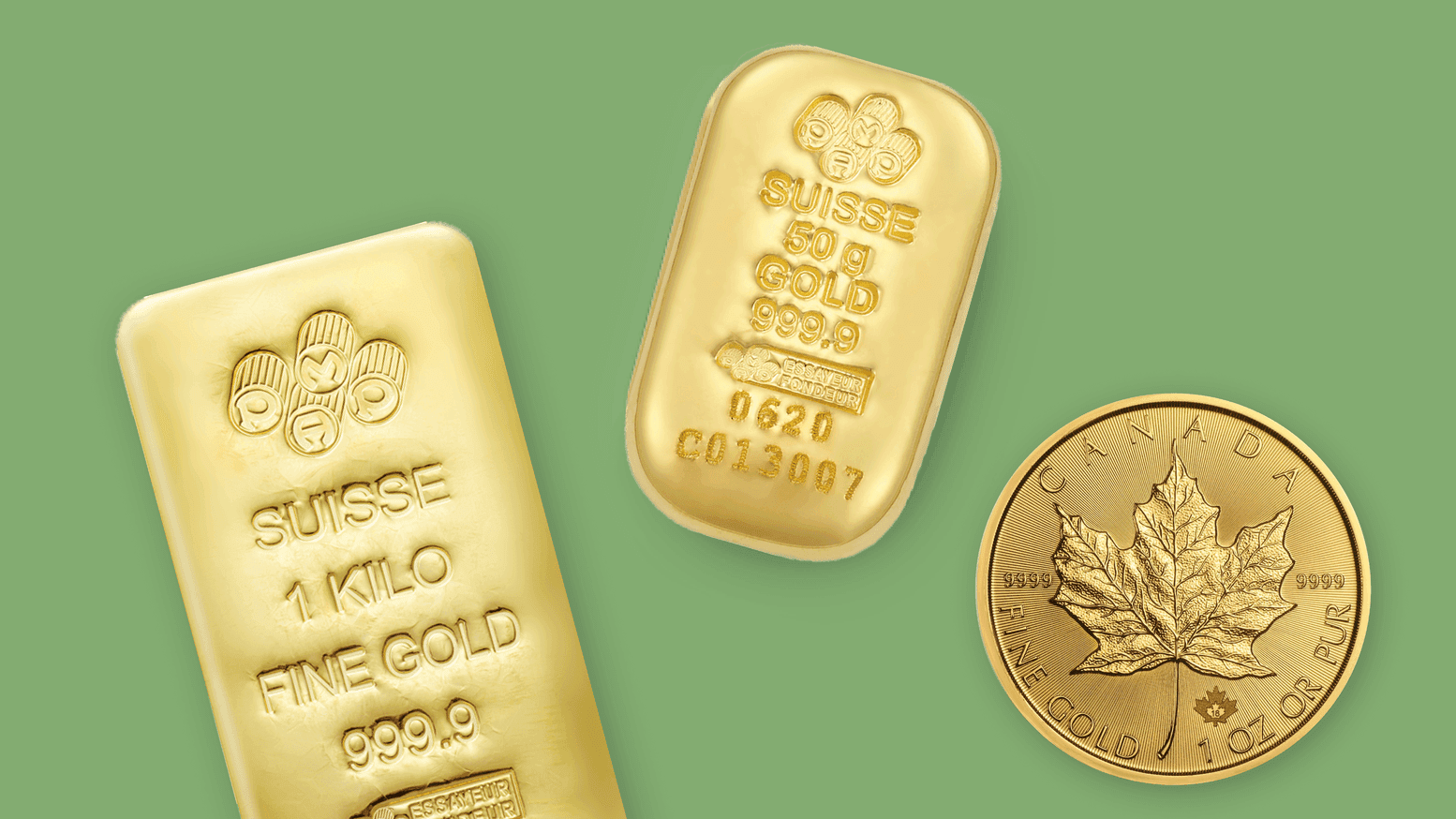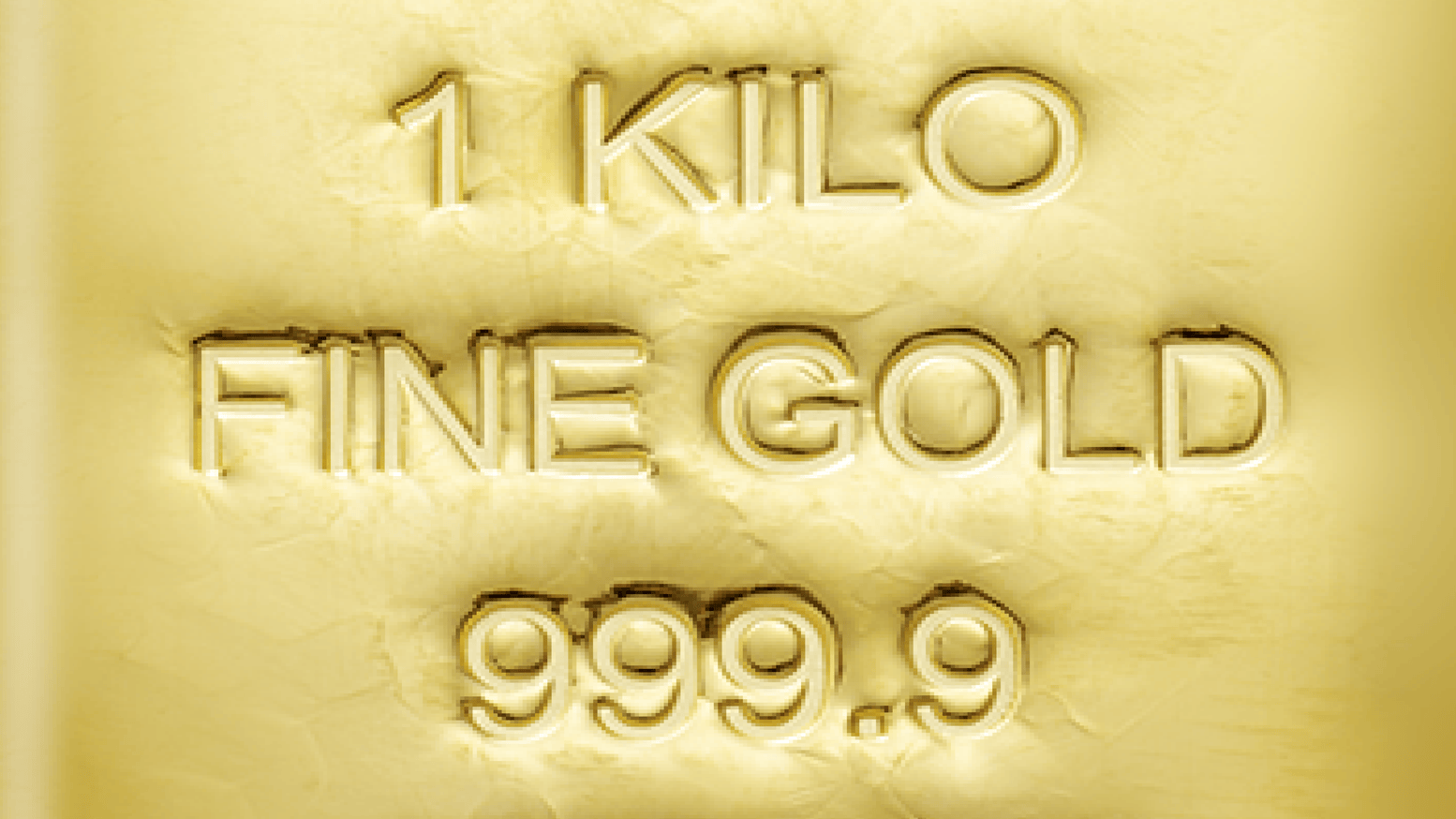Top 6 Mistakes Beginner Investors Make When Investing in Gold

Investing in physical gold is a great way to protect your financial future, but there are a few things you should know before jump-starting on saving or investing in gold bullion.







Investing in physical gold is a great way to protect your financial future, but there are a few things you should know before jump-starting on saving or investing in gold bullion.





